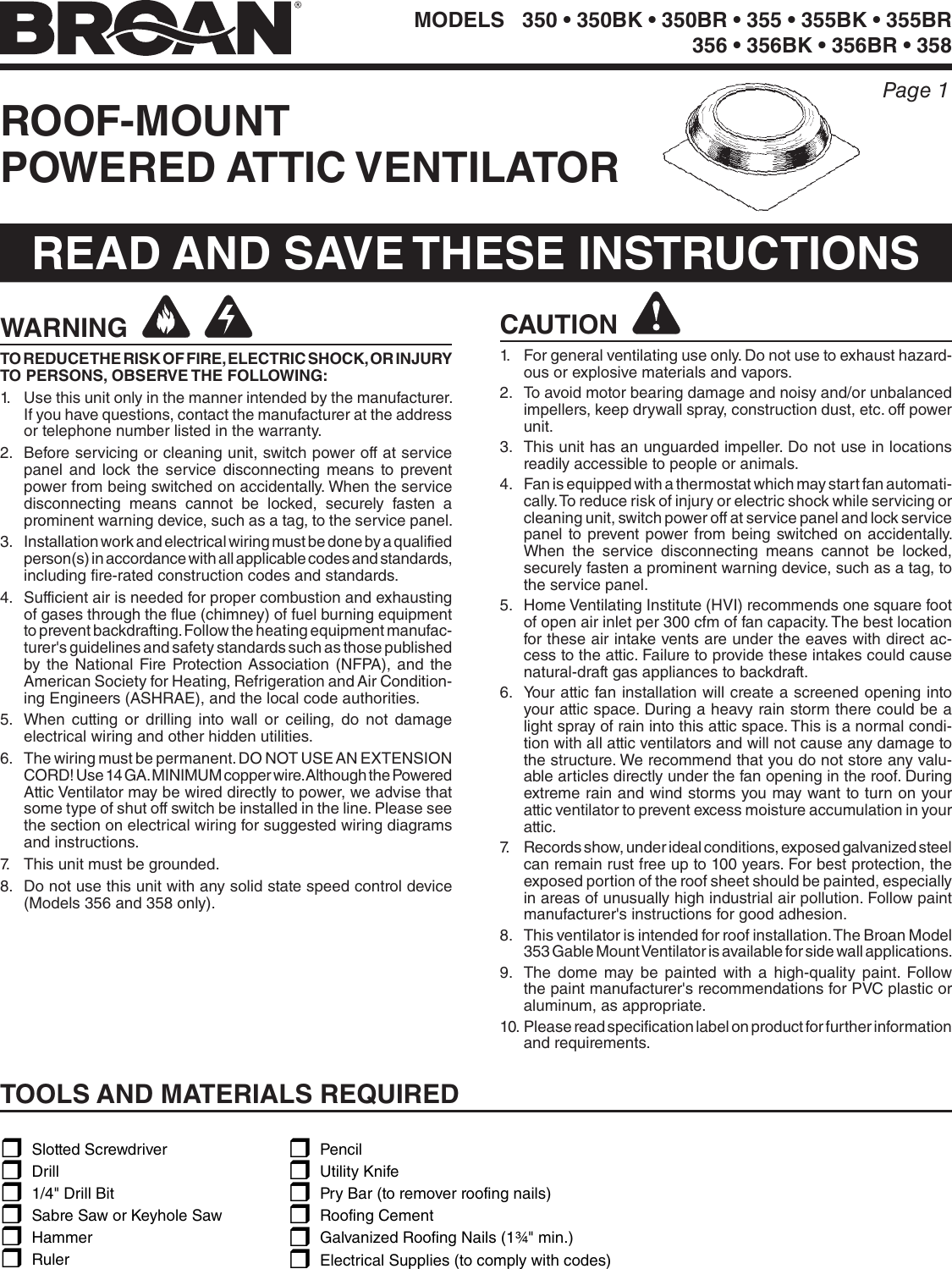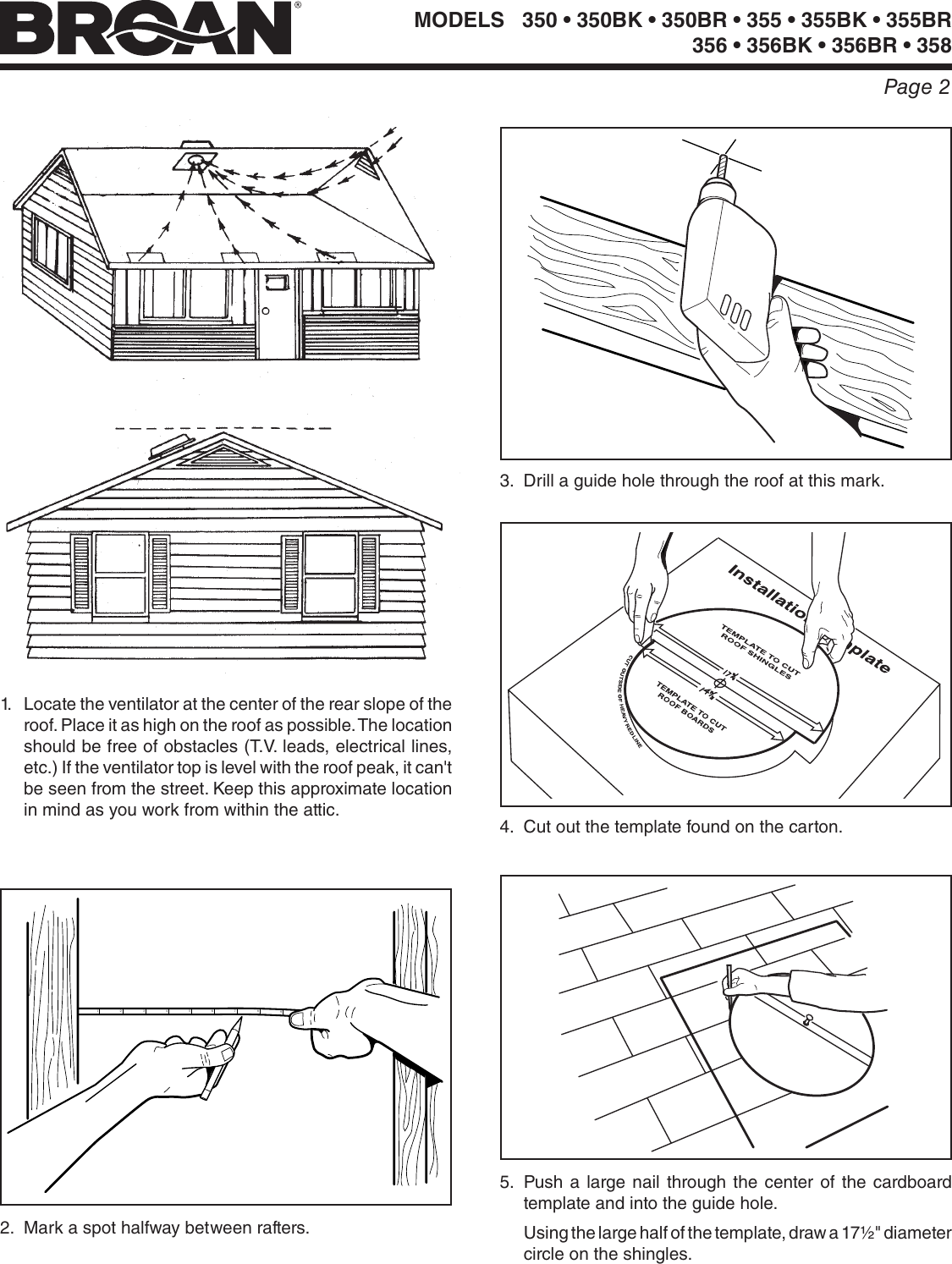Broan 350 Users Manual
19355-Installationsheet 19355-InstallationSheet 19355-InstallationSheet 026715 Batch7 unilog cesco-content
401578-Installationsheet 401578-InstallationSheet 401578-InstallationSheet 026715 Batch7 unilog cesco-content
409012-Installationsheet 409012-InstallationSheet 409012-InstallationSheet 026715 Batch7 unilog cesco-content
401018-Installationsheet 401018-InstallationSheet 401018-InstallationSheet 026715 Batch7 unilog cesco-content
415419-Installationsheet 415419-InstallationSheet 415419-InstallationSheet 026715 Batch7 unilog cesco-content
2015-02-02
: Broan Broan-350-Users-Manual-396280 broan-350-users-manual-396280 broan pdf
Open the PDF directly: View PDF 
Page Count: 8

